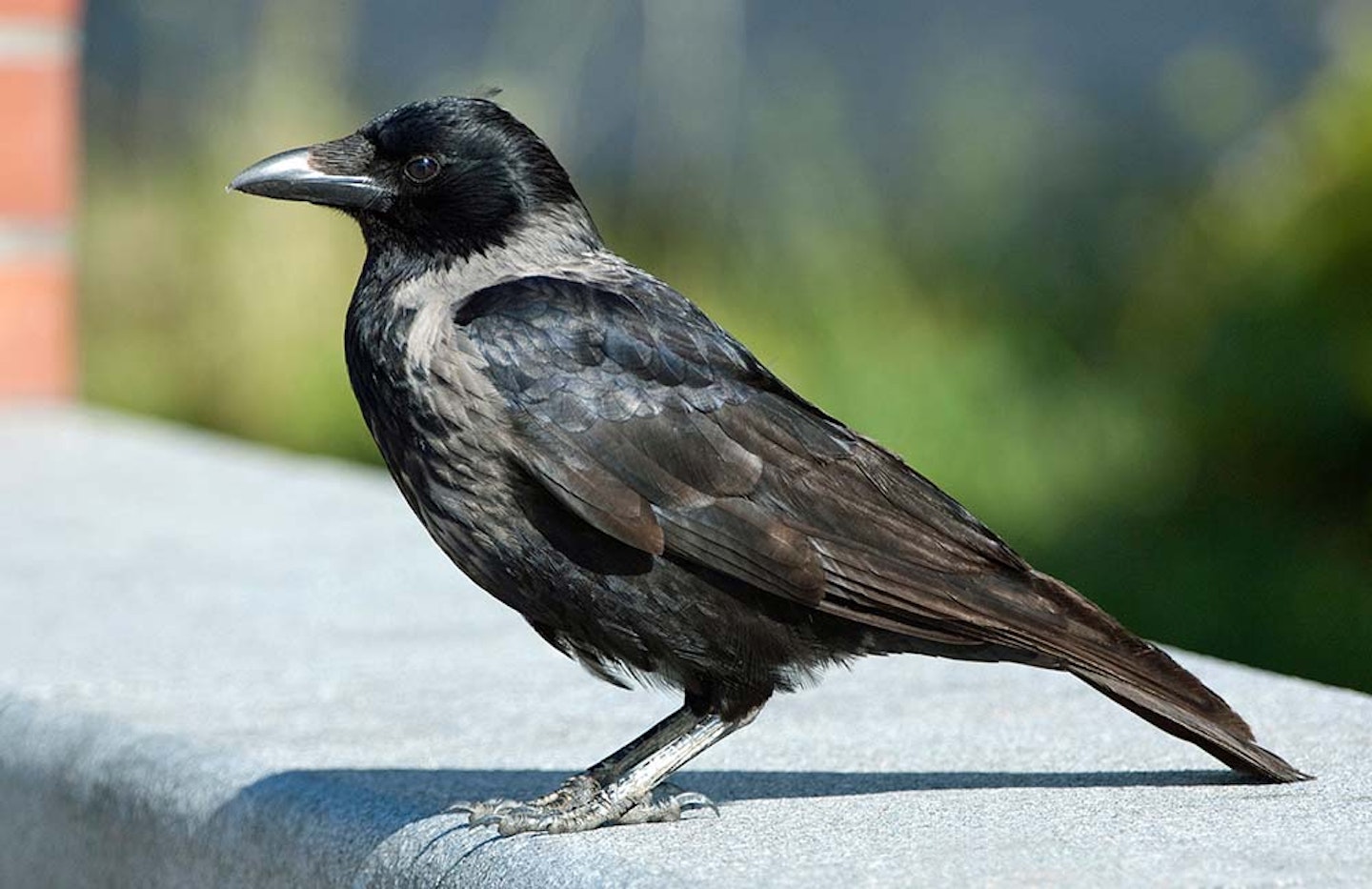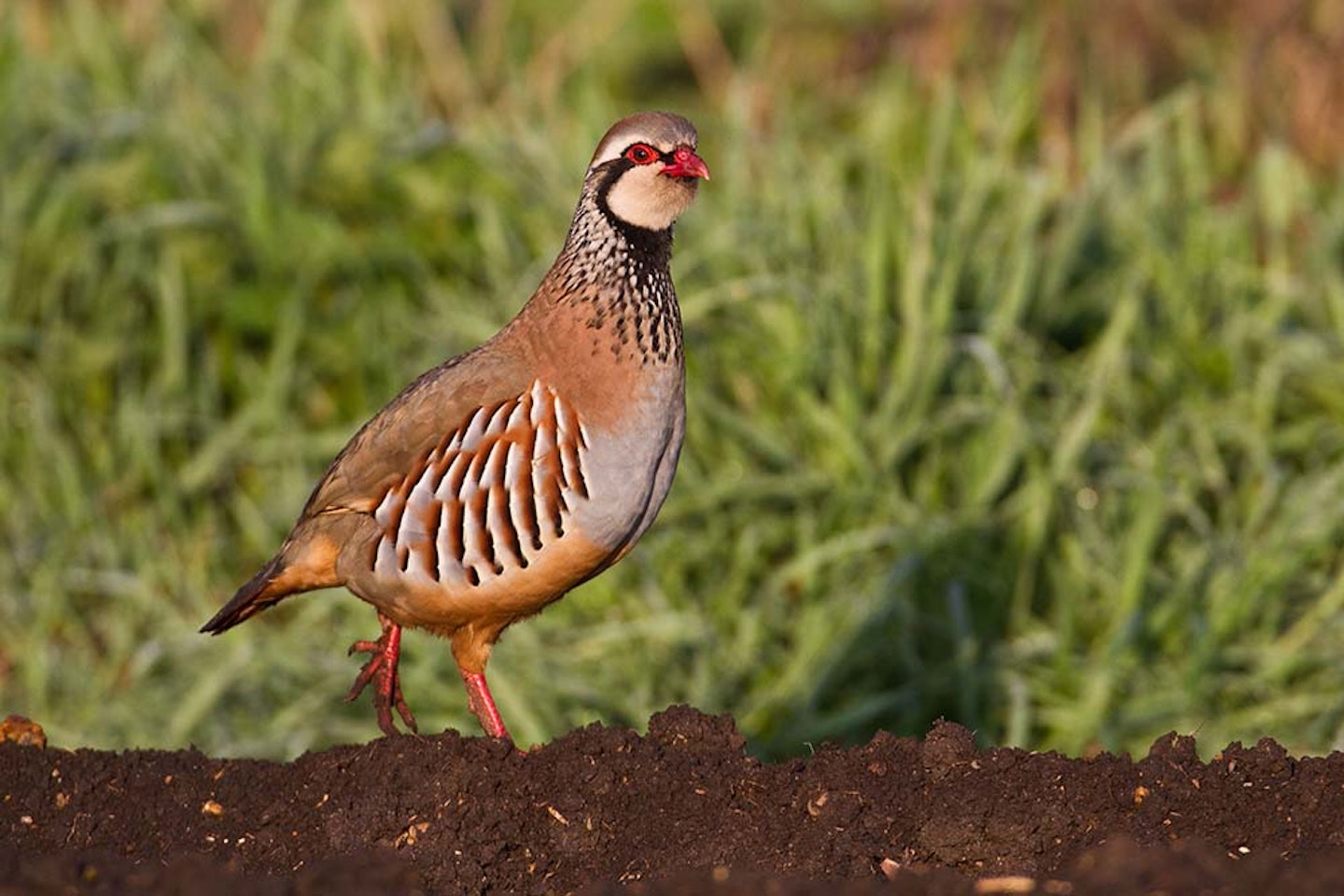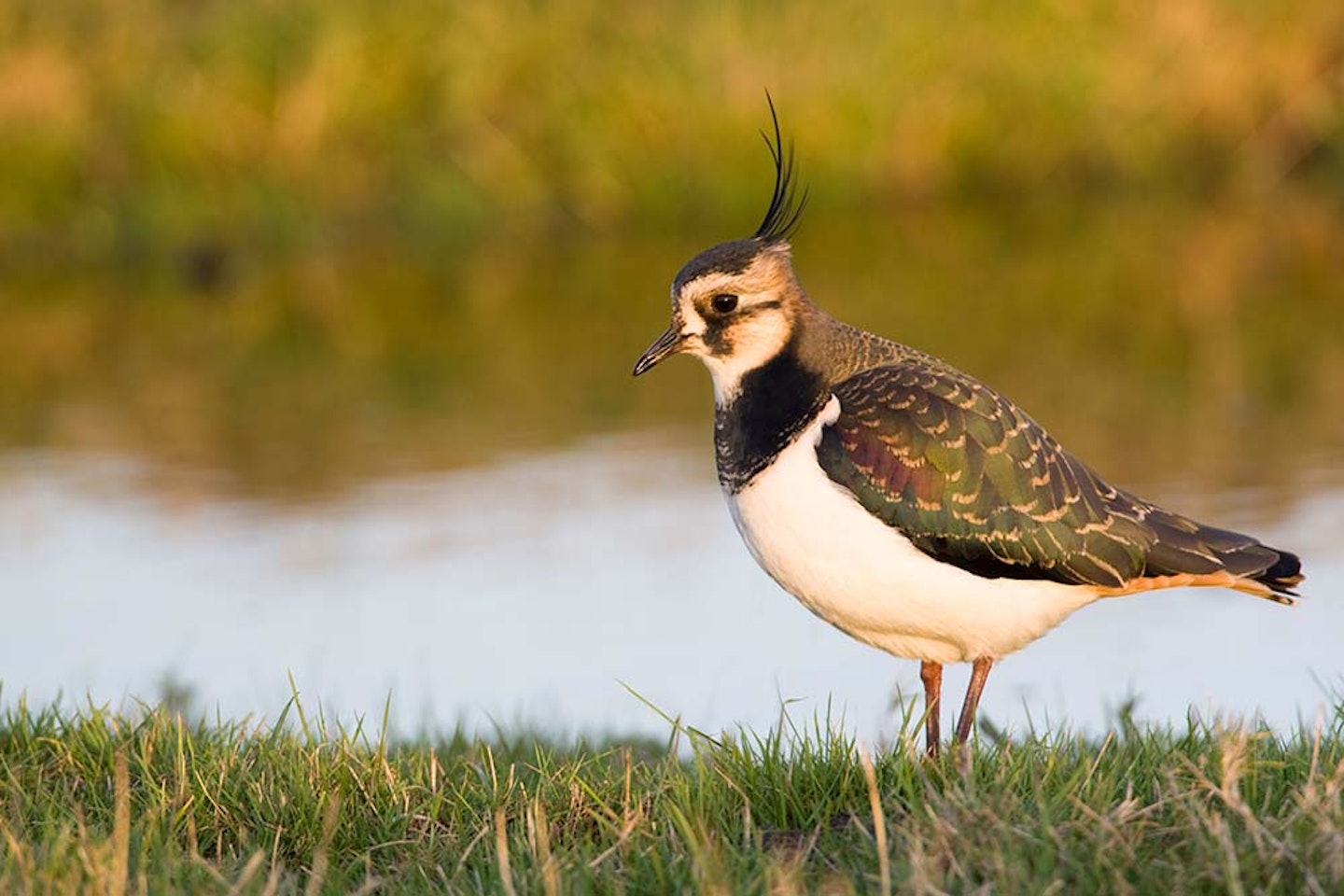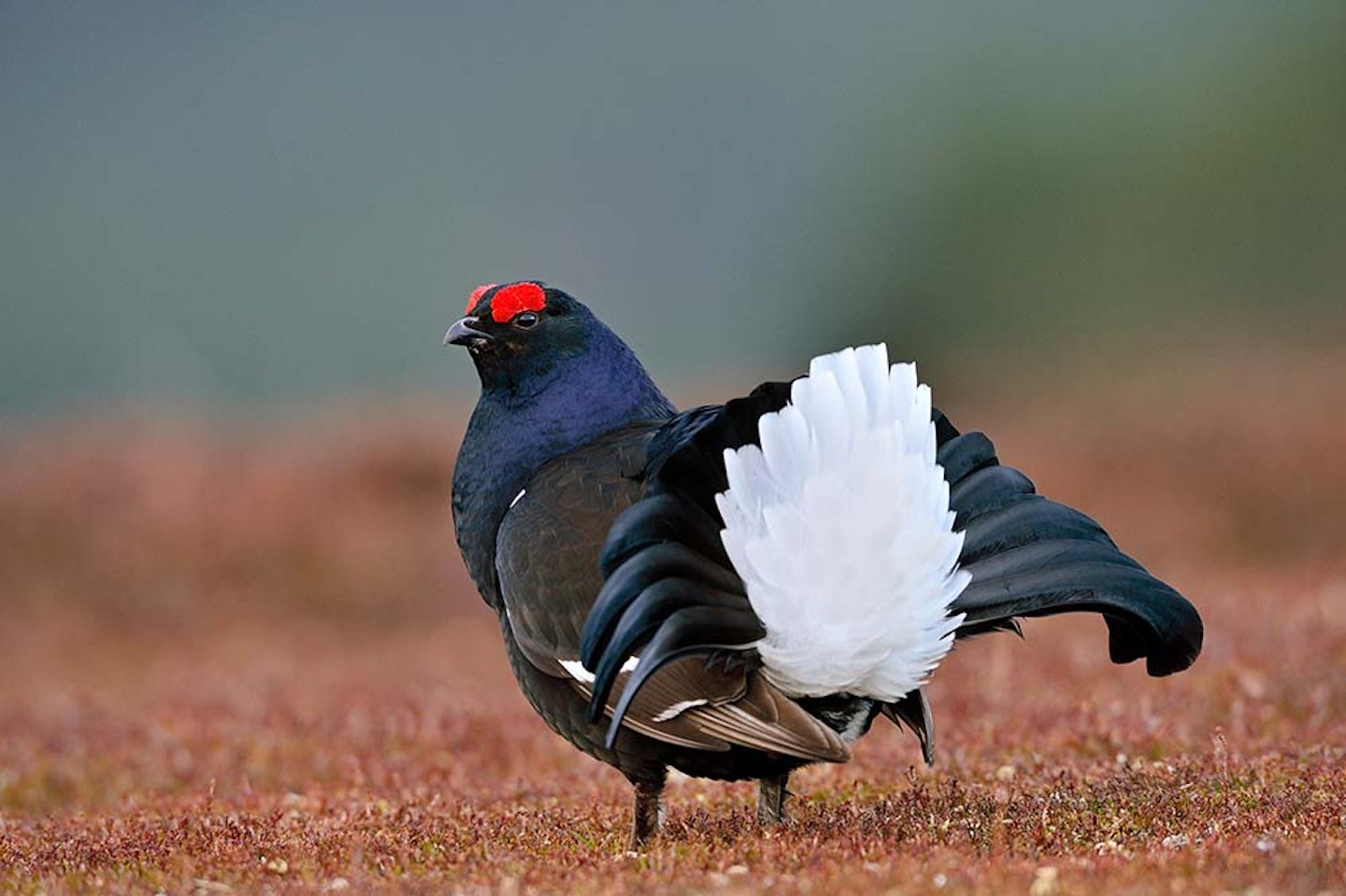Cormorant
Shy and reptilian, the Cormorant is one of those birds which birders tend to ignore. This is a shame, as they are wonderful, fascinating and rather handsome birds. Part of the reason we tend not to spend too much time enjoying Cormorants is their perceived abundance, compared with, say, the Shag. Would it increase birder’s interest in them if they realised that they are three times as many breeding Shags as Cormorants, or that there are three times wintering Shags as wintering Cormorants? If you thought otherwise (most of us do), it is because we see far more Cormorants inland, whereas Shags are coastal birds.

Hooded Crow
The Hooded Crow is a controversial bird. Not because of any perceived extra naughtiness on its behalf but merely because of its taxonomic status. Should it be thought of a separate species from the Carrion Crow, found in north-west Scotland and Ireland as well as much of northern and eastern Europe. Or is it a subspecies with an obvious hybrid zone on and around the Great Glen Fault? Or is it merely a grey-and-black colour morph of Carrion Crow? The debate rumbles on. For now, though, you can still enjoy (and ‘tick’ if that is your thing) this handsome variation on a crow, in the area north and west of eg. Inverness (and in Ireland), or anywhere else where a stray bird turns up during the winter.

Red-legged Partridge
As you probably know, the Red-legged Partridge (or French Partridge as some folk still say) is not a British native bird. It is the variant of the genus Alectoris found ‘naturally’ in France and Iberia (with the closely related Rock Partridge and Chuka occupier the middle and eastern areas of southern Europe, respectively). That said, there have been Red-legged Partridges in England since the 18th Century, though as with the Pheasant situation, restocking (for the shooting industry) means it is just about impossible to tell which birds are descendants of the 18th Century introductions, and which are ‘new comers’. Being essentially Mediterranean birds, these partridges prefer the warmer climes of the south, but have seemingly successfully spread through even northern Scotland (presumably through modern introductions). They are easy to tell from the native Grey Partridges (which they outnumber roughly two to one, of seen well, by their white (not orange) face, notably the white supercilium (above the black eyestripe), visible from some range. The call is a stuttering ‘chuk chukarrr’

Lapwing
The Lapwing is one of our most spectacular waders. Wrapped up in iridescent plumage, long of crest and with uniquely broad, rounded wings, this is a truly outstanding looking bird. They don’t sound bad either, particularly when doing their tumbling display flight in spring, and making the weird ‘peewit’ call which sounds like it was devised by the BBC Radiophonic Workshop, around the time they were composing the Doctor Who Theme. But around this time of year, they will mainly be in flocks out in fields, probing away for invertebrates, often in the company of Golden Plovers. Always take time to enjoy these magnificent birds.

Black Grouse
Unlike the the Red-legged Partridge, which looks like a native bird, but is introduced, the Black Grouse looks like an exotic introduction but is truly native. The big, blue-black males, with their fancy curled tail feathers, extravagant white backsides, bubbling and sneezing display call (at the lek) are about as strange a bird as you can see in the UK. A visit to a lek (where the males dance and mock fight to impress the smaller, greyer females) is an event which every birder should witness at least once a year. Get up early, though, as play time is often over almost as soon as the sun rises, and the birds disappear into the moorland to feed. It is best to visit a known site, which are very localised in upland areas in northern England, North Wales and particularly in the Scottish Highlands.
